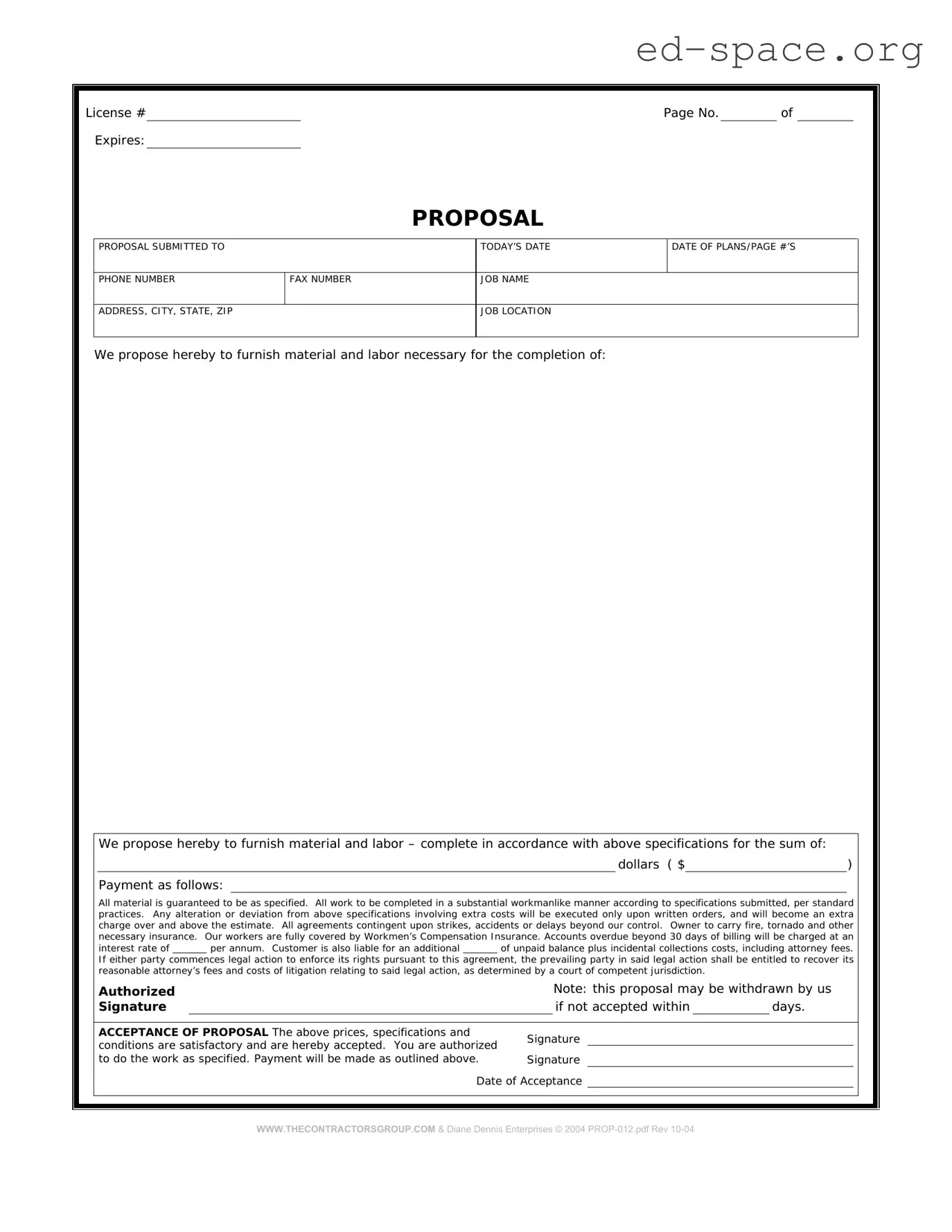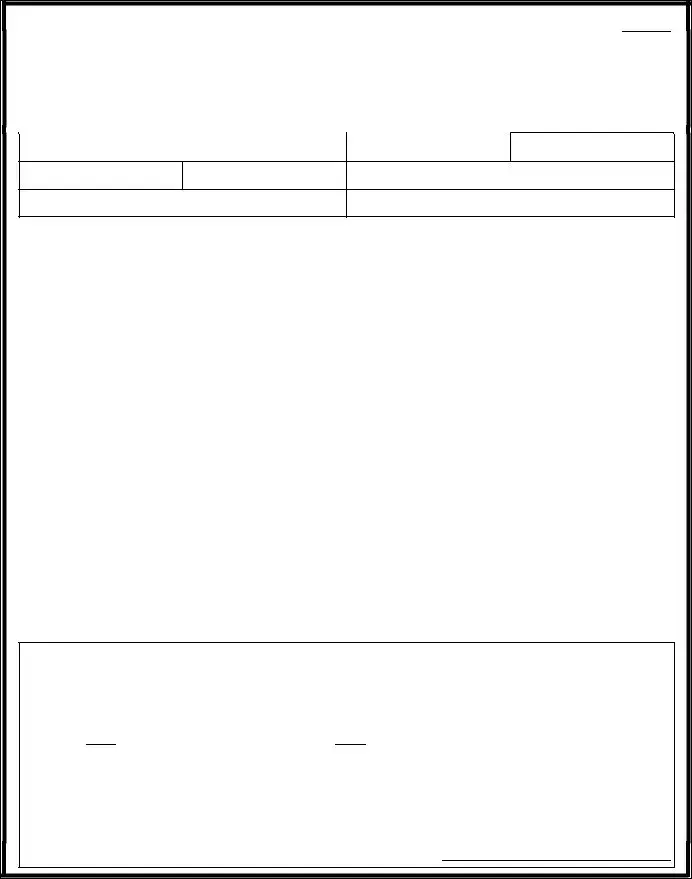What is a Construction Proposal Form?
A Construction Proposal Form is a document that contractors use to outline the scope of work, materials needed, labor, and costs associated with a construction project. It serves as an offer to complete the project under the terms specified within the proposal.
Who should complete a Construction Proposal Form?
Any contractor or construction company preparing to submit a bid for a construction project should complete this form. It will detail their plan and pricing for the project.
What information is typically included in a Construction Proposal Form?
The form generally includes details such as the contractor's name and contact information, project description, detailed breakdown of costs (labor, materials, etc.), payment schedule, project duration, and terms and conditions.
Why is a Construction Proposal Form important?
This form is crucial because it acts as a formal offer and, once accepted, becomes a binding agreement between the contractor and client. It ensures both parties have a clear understanding of the scope of work and costs involved.
How detailed should the Construction Proposal Form be?
The proposal should be as detailed as possible to avoid misunderstandings. Include a comprehensive breakdown of all costs and tasks to provide a clear picture of what the project entails.
Can a Construction Proposal Form be modified after submission?
Yes, but any changes to the proposal after submission and acceptance should be documented and approved by both the client and contractor through a formal change order process.
Is there a standard format for a Construction Proposal Form?
While there's no one-size-fits-all format, many forms include similar sections covering project details, costs, schedule, and terms. Templates can be adapted to suit the specifics of a project.
What happens after a Construction Proposal Form is submitted?
Once submitted, the client will review the proposal. There might be negotiations on terms, costs, or scope of work. If both parties agree, the proposal is signed, making it a legally binding contract.
Does a Construction Proposal Form require any attachments?
It often requires attachments like drawings, specifications, or samples to provide a clearer understanding of the project. Including these can help avoid disputes during the construction process.
Is a Construction Proposal Form legally binding?
Yes, once both parties sign the proposal, it becomes a legally binding contract that outlines the obligations of the contractor and the client. It's important to review it carefully before signing.

